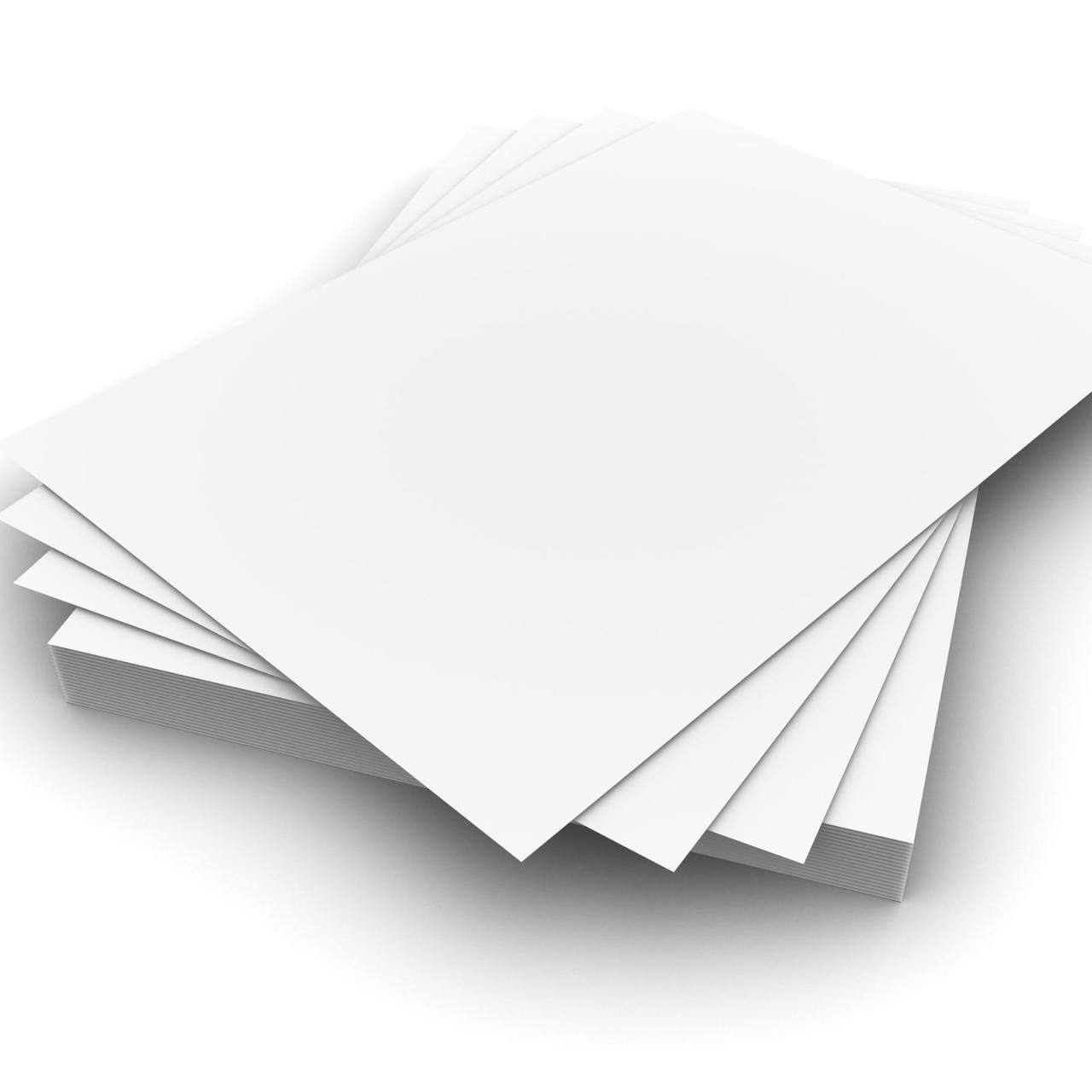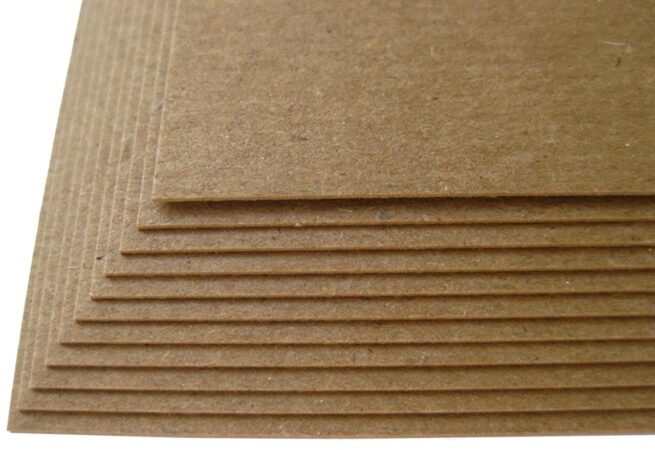
Print on card stock, it’s not just for business cards anymore! This versatile material can take your creative projects to the next level, adding a touch of class and durability that’s hard to beat. From invitations that wow to brochures that stand out, card stock is the ultimate choice for making a lasting impression.
Think about it, you’ve got your design, your message is ready, but you want that extra “oomph” to really grab attention. That’s where card stock comes in, offering a range of weights, textures, and finishes to make your print project truly pop.
Applications of Print on Card Stock

Print on card stock is a versatile printing option that offers a wide range of applications for both personal and professional projects. Card stock, known for its durability and thickness, provides a sturdy surface for various printed materials, allowing for high-quality results and a professional look.
Applications of Print on Card Stock
Card stock printing is popular for various projects, each requiring specific card stock weights and printing methods for optimal results. Here’s a breakdown of different applications, their corresponding card stock weights, printing methods, and examples:
| Project Type | Card Stock Weight | Printing Method | Example |
|---|---|---|---|
| Business Cards | 14pt to 16pt | Offset Printing, Digital Printing | A professional business card with a company logo, contact information, and a brief tagline printed on 14pt card stock using offset printing for a high-quality finish. |
| Invitations | 110lb to 130lb | Digital Printing, Letterpress Printing | A wedding invitation printed on 110lb card stock using letterpress printing for an elegant and embossed look. |
| Postcards | 80lb to 100lb | Offset Printing, Digital Printing | A postcard with a scenic image, promotional message, and contact information printed on 80lb card stock using offset printing for mass production. |
| Brochures | 80lb to 100lb | Offset Printing, Digital Printing | A company brochure with product information, services offered, and contact details printed on 80lb card stock using offset printing for a professional and informative presentation. |
| Greeting Cards | 65lb to 80lb | Digital Printing, Letterpress Printing | A birthday greeting card with a personalized message and a colorful design printed on 65lb card stock using digital printing for a quick and affordable option. |
Design Considerations for Print on Card Stock
Card stock is a popular choice for printed materials, from business cards to invitations, due to its durability and aesthetic appeal. However, designing for print on card stock requires a different approach than designing for digital screens. The unique characteristics of card stock, such as its thickness and texture, can influence the final appearance of your design.
To ensure your printed projects on card stock look their best, it’s crucial to consider several design factors.
Choosing the Right Font Size and Spacing
Font size and spacing play a crucial role in ensuring readability and visual appeal. When working with card stock, it’s essential to choose a font size that is large enough to be easily read, even from a distance. Additionally, appropriate spacing between lines and words helps to prevent text from appearing cramped or crowded.
- Font Size: For card stock, aim for a font size that is at least 10 points for body text. Larger font sizes may be necessary for headlines or titles, depending on the size and format of your project.
- Line Spacing: Use a line spacing of at least 1.5 for body text. This creates enough space between lines to make the text easy to read. For headlines, you may want to use a larger line spacing, such as 2.0 or more.
- Word Spacing: While it is typically recommended to use the default word spacing, in some cases, adjusting it slightly can improve readability. However, be careful not to make the word spacing too large, as this can make the text appear disjointed.
Choosing the Right Image Resolution, Print on card stock
The resolution of images used in your printed projects on card stock is crucial for ensuring high-quality results. Low-resolution images will appear pixelated or blurry when printed, especially on card stock, which magnifies imperfections.
- Resolution: Aim for an image resolution of at least 300 DPI (dots per inch) for printing on card stock. This will ensure that your images are sharp and clear when printed.
- File Format: Use a file format that supports high-resolution images, such as TIFF or PNG. JPEG files can also be used, but they can lose quality when compressed.
Design Principles for Enhancing the Look and Feel of Printed Projects on Card Stock
Certain design principles can help you create visually appealing and effective printed projects on card stock.
- Use a Limited Color Palette: A limited color palette, consisting of 2-3 primary colors, helps to create a clean and sophisticated look. This is especially important for card stock, which can sometimes appear busy due to its texture.
- Emphasize Visual Hierarchy: Use different font sizes, weights, and colors to create visual hierarchy in your design. This helps to guide the reader’s eye and make the information easy to understand.
- Use White Space Effectively: White space, or negative space, is the empty area around your design elements. It helps to prevent your design from appearing cluttered and provides visual breathing room. Use white space strategically to create visual interest and emphasize key elements.
- Consider the Texture of the Card Stock: The texture of the card stock can affect the appearance of your design. For example, a textured card stock can create a more rustic or vintage look, while a smooth card stock can create a more modern or elegant look.
Finishing Touches for Print on Card Stock

Taking your card stock projects from good to great often involves adding those finishing touches that elevate the design and create a truly memorable experience. It’s like adding the perfect accessory to your outfit – it completes the look and makes a statement. These finishing techniques not only enhance the visual appeal but also add a layer of sophistication and personalization to your printed projects.
Die-Cutting
Die-cutting is a technique that uses a specialized tool to cut intricate shapes and designs into card stock. It’s like having a cookie cutter for paper, but with endless possibilities.
The benefits of die-cutting include creating unique shapes, adding visual interest, and personalizing projects. For example, die-cutting a heart shape from a Valentine’s Day card adds a touch of romance, while cutting out a custom monogram adds a personal touch to invitations.
However, die-cutting requires specialized equipment and can be time-consuming. If you’re not familiar with die-cutting, it can be challenging to master.
Embossing
Embossing is a technique that creates raised or indented designs on card stock, adding texture and dimension. It’s like adding a 3D effect to your paper, making it pop off the page.
Embossing adds a tactile element to projects, making them more interesting to touch and feel. It can also create a more elegant and sophisticated look, particularly when used for invitations, cards, and stationery.
However, embossing requires specialized tools and can be tricky to master, especially for intricate designs. It also adds an extra step to the project, which can be time-consuming.
Foiling
Foiling is a technique that adds a metallic or holographic finish to card stock, creating a shimmering effect. It’s like adding a touch of glamour to your projects, making them sparkle and shine.
Foiling can elevate the look of any project, adding a touch of luxury and sophistication. It’s particularly effective for invitations, cards, and packaging.
However, foiling requires specialized equipment and can be expensive, especially for large projects. It can also be difficult to achieve a consistent and even finish, requiring practice and precision.
Laminating
Laminating is a process that adds a protective layer to card stock, making it more durable and water-resistant. It’s like giving your paper a shield, protecting it from the elements and wear and tear.
Laminating is particularly useful for projects that will be handled frequently, such as menus, brochures, and educational materials. It can also help to preserve the look and feel of delicate designs, preventing fading and damage.
However, laminating can make card stock thicker and less flexible, which may not be suitable for all projects. It can also add a slight sheen to the paper, which may not be desired for all applications.
Final Conclusion

So, whether you’re designing a brand-new logo, crafting a personalized invitation, or just want to make your everyday prints look extra special, card stock is the key to taking your projects from ordinary to extraordinary. It’s all about making a statement, and with the right card stock, you’re guaranteed to leave a lasting impression.
Questions and Answers
What’s the difference between card stock and regular paper?
Card stock is thicker and more durable than regular paper, making it perfect for projects that need to stand up to wear and tear.
Can I print on card stock at home?
Yes, you can print on card stock at home using a laser printer or inkjet printer. Just make sure to use the right type of paper setting for your printer.
What are some common uses for card stock?
Card stock is commonly used for business cards, invitations, postcards, brochures, greeting cards, and more.





